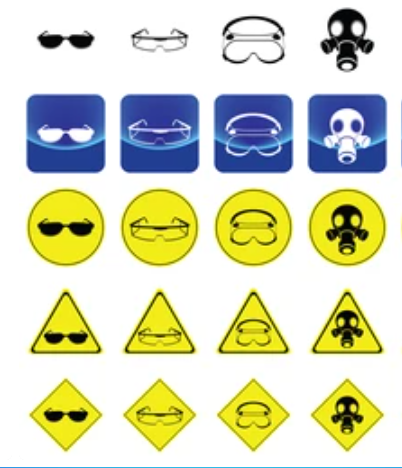Your eyes are extremely delicate, and even a minor injury
can cause serious damage, even permanent vision loss.
At work – and at home – always think about how a task or
environment might affect your eyes, and plan accordingly.
Remember, just wearing normal glasses or sunglasses will NOT
protect your eyes. In fact, these can make injuries worse.
Jobs that pose a high risk for eye injury include those that
involve:
-chemicals
-dusty environments
-excessively bright lights or UV lights
-compressed air
-machines or tools that chip, chisel, cut, drill, grind,
hammer, sand, smelt, spray or weld.
Plus, you need to watch out for factors in your workplace
that can increase the risk of eye injury, such as:
-workers not wearing supplied eye protection
-not enough training on eye protection equipment
-badly fitting eye protection, for example, the glasses are
loose and allow particles to enter from the sides
-only the operator of the machine wears eye protection, so
anyone in the vicinity who is not wearing eye protection is at risk from flying
particles.

How to protect your eyes
Always use eye protection that compiles with your national
Standards, and choose protection that fits the situation:
-Low impact protection – for tasks including chipping,
riveting, spalling, hammering and managing a strap under tension. Recommended protection
includes safety glasses, safety glasses with side shields, safety clip-ons, eye
cup goggles, wide vision goggles, eye shields and face shields.
-Medium impact protection – for tasks including scaling,
grinding and machining metals, some woodworking tasks, stone dressing, wire
handling and brick cutting. Choose items appropriate for medium impact
protection.
-High impact protection – for tasks including explosive
power tools and nail guns. Recommended protection includes face shields, marked
as appropriate for high impact protection.
-For chemicals, use protection designed specifically for
dealing with chemicals – the protection may differ depending on the chemicals
in use.
-For dust, choose protection designed for dealing with dust
and fine particles.
All protection should conform to national or international
standards.